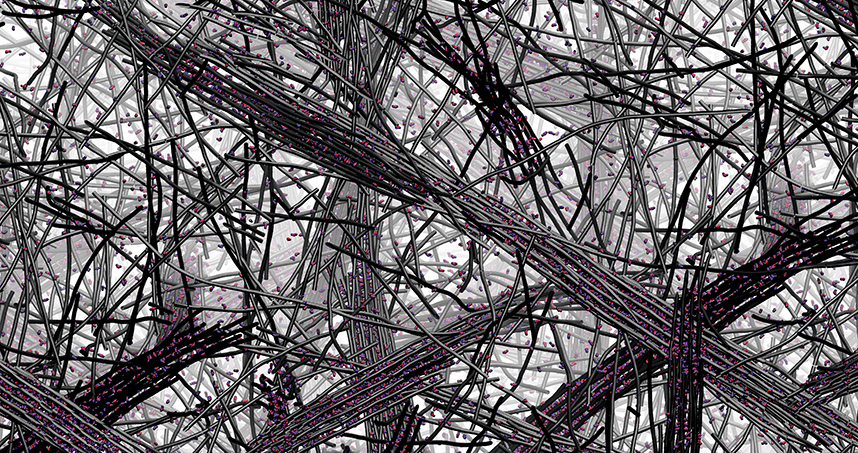Self Transformation
Highly dynamic synthetic superstructures self-assemble, change the stiffness of soft materials, then revert, while providing new clues on the brain, spinal cord injuries, and neurological disease.
Northwestern researchers have developed soft materials that autonomously self-assemble into molecular superstructures and remarkably disassemble on demand. Changing the properties of materials opens the door for novel materials in applications ranging from sensors and robotics to new drug delivery systems and tools for tissue regeneration.
For example, the highly dynamic materials form
The study’s co-corresponding authors are Samuel Stupp, director of the Simpson Querrey Institute and the Board of Trustees Professor of Materials Science and Engineering, Chemistry, Medicine, and Biomedical Engineering, and Erik Luijten, Professor and Chair of Materials Science and Engineering and Engineering Sciences and Applied Mathematics.
Read the story New Bio-inspired Dynamic Materials Transform Themselves

